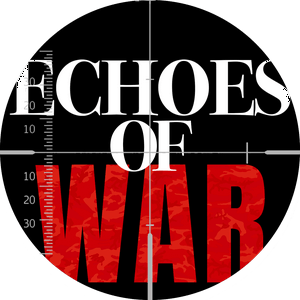Caesar's Consulship
In the long afternoon of Rome, when the Forum buzzed like a hive, Caesar stood at the heart of the stage he had chosen. It was 59 BCE, and the city wore two faces: on one side, the stubborn, rule-bound Senate; on the other, the restless masses who believed in change. Caesar, newly consul, carried a map of ambition tucked beneath his toga. He spoke not to please every senator, but to persuade enough of them to tilt the scales of power toward something novel. The season’s first bright idea was reform, not rebellion. Caesar pressed a bold land-grant bill, a seedling designed to ease the grinding weights of debt and poverty. He argued that the old system, built on sprawling estates and slave labor, had cracked the republic’s moral and economic backbone. If he could redistribute opportunity—granting land to veterans, easing tax burdens, and tempering the greed that gnawed at the common citizen—Rome would endure, not falter. Yet the path was thorny. Cato and the conservative faction glowered from the steps of the Curia, their voices stern as marble. They deemed Caesar’s plans a perilous drift toward tyranny, a slippery slope that could erode the Senate’s authority. Caesar listened, learned, and chose his battles with care. He courted the equites and the tribunes, weaving alliances with Pompey and Crassus, the other great voices of Rome who could lend him strength when the senate’s doors shut in his face. As months passed, the consul’s office became a theater of negotiation, persuasion, and risk. Caesar’s reforms began to take root, not by decree alone, but by the quiet power of consensus—one vote, one alliance, one calculated risk after another. In that cauldron of ambition, Rome’s future shifted, not with a shout, but with a patient, relentless push toward a new order. And so the stage was set for a republic forever reshaped by a man who refused to be a spectator.



